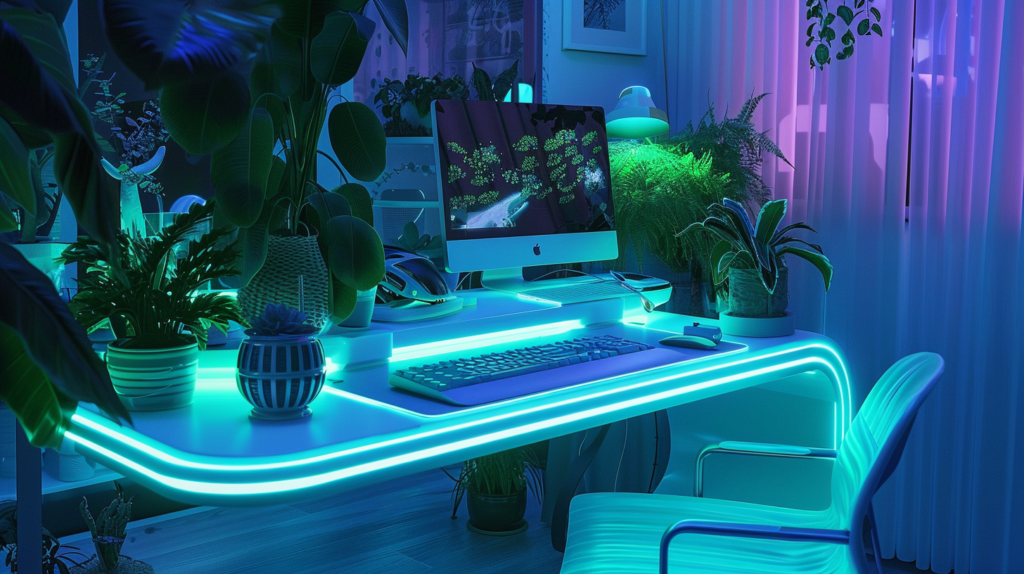When we think of UX design today, we may imagine a sleek, minimalist interface that anticipates our every need before we even know we have it. But let’s be brutally honest here. It was not always so. The UX design evolution, much like our own human evolution, has been a journey of ups and downs, hits and misses, with only the occasional flash of absolute brilliance.
In the dark ages of design (also known as the 90s), UX was about as exciting as a corporate PowerPoint presentation on synergy. The term “user experience” hadn’t even been coined yet and designers were more focused on function, often forgetting that there was a human being at the other end of the interaction. Dial-up internet, anyone?
Fast forward to the early 2000s when we started to see the dawn of what we now recognize as UX design. The Internet became a household term, and the digital landscape began to evolve rapidly. But while we were all busy being wowed by the fact that we could order pizza without speaking to a human, UX design was still just the awkward teenager at the digital party, trying to figure out its place in the world.
Then along came the iPhone in 2007, a game-changer that rocked the tech industry and the UX design evolution. It introduced us to the world of apps and the concept of seamless, intuitive interaction. The iPhone wasn’t just a piece of technology; it was a piece of art that you could call your mom on. And just like that, UX design was the cool kid everybody wanted to be friends with.
The following years saw the rise of social media platforms and the proliferation of digital devices. The user was king and UX design was the kingmaker. Design became less about making things look pretty and more about understanding user behavior and creating experiences that were not just usable, but enjoyable. Even your grandma was suddenly pinning crochet patterns on Pinterest.
Alongside the rise of mobile and social media, another trend that significantly impacted UX design evolution was the onset of big data. Suddenly, designers had a wealth of information at their fingertips about user behavior, preferences, and needs. It was like being given the answers to a test before walking into the examination room.
But with great power came great responsibility. Privacy became a major concern, and UX designers had to navigate the fine line between personalization and intrusion. It was like trying to plan a surprise party without the birthday boy finding out.
As we moved into the 2020s, UX design evolved from a discipline into an ethos. It was no longer just about creating user-friendly interfaces; it was about creating experiences that were inclusive, accessible, and ethical. In other words, UX design grew up and got a conscience.
So, where does this leave us now? In an era where every Tom, Dick, and Harry is a ‘digital native’, UX design is more critical than ever. It’s no longer sufficient just to know your users; you need to anticipate their needs, understand their contexts, and even predict their future behavior. It’s like being a mind reader but with better job prospects.
The UX design evolution, however, is far from over. With emerging technologies like Augmented Reality (AR), Virtual Reality (VR), and Artificial Intelligence (AI), the potential for creating even more immersive and personalized experiences is limitless. It’s like Star Trek but without the dodgy costumes.
In conclusion, the journey of UX design evolution has been nothing short of a rollercoaster ride. From a misunderstood misfit in the early days to the popular player it is today, UX design has come a long way. And if the past is anything to go by, the future of UX design promises to be an exciting adventure. Beam me up, Scotty!


